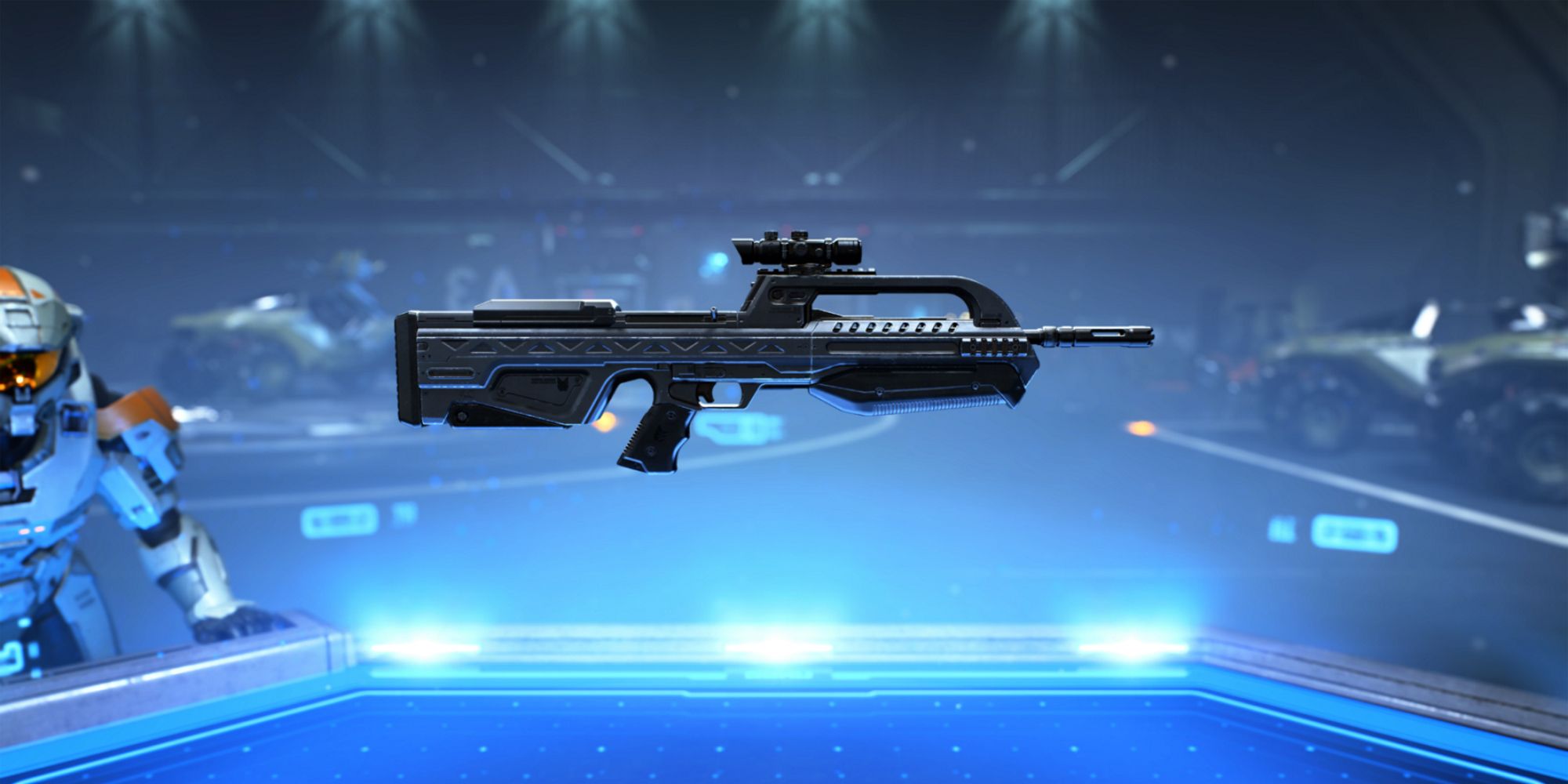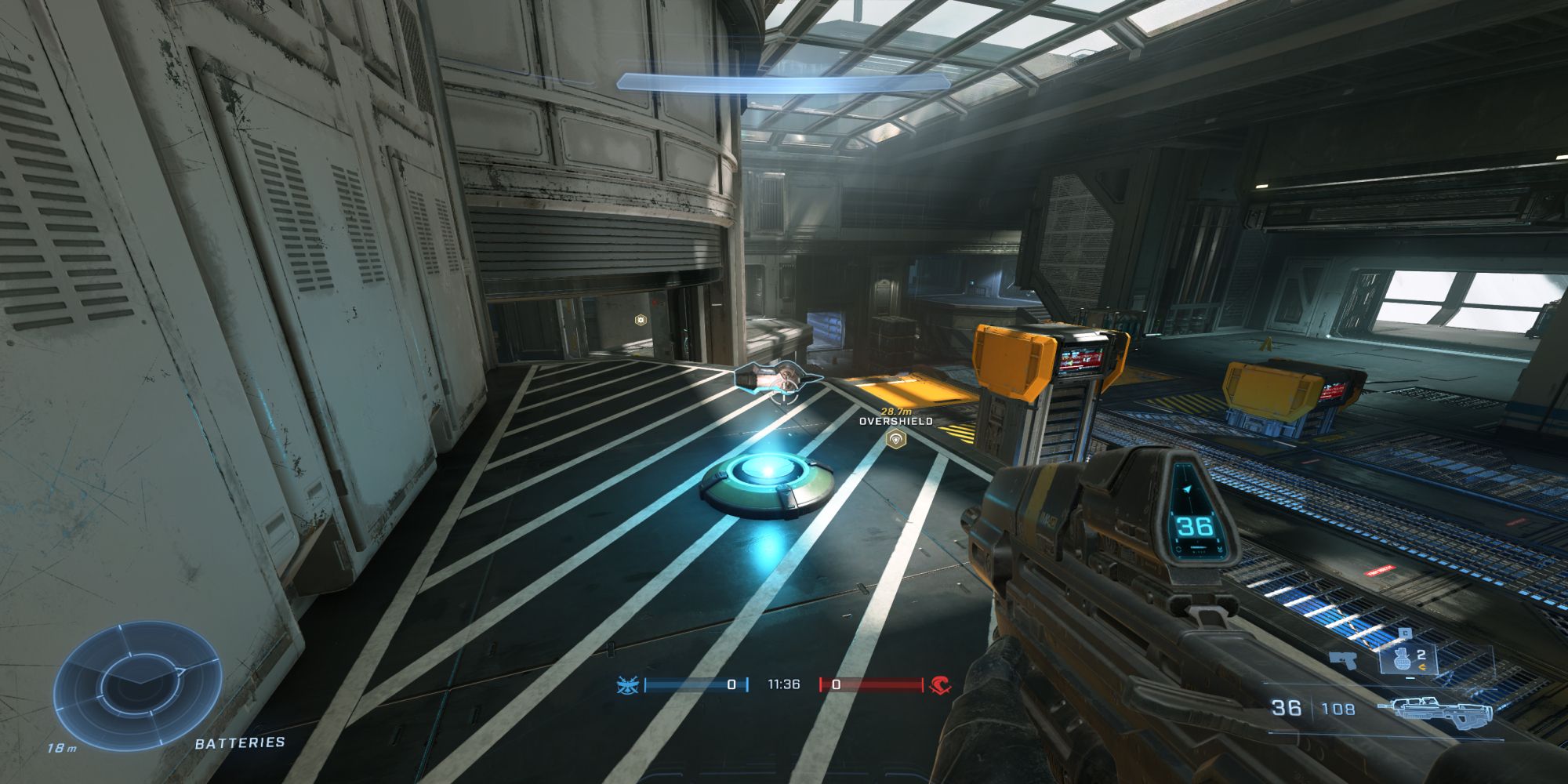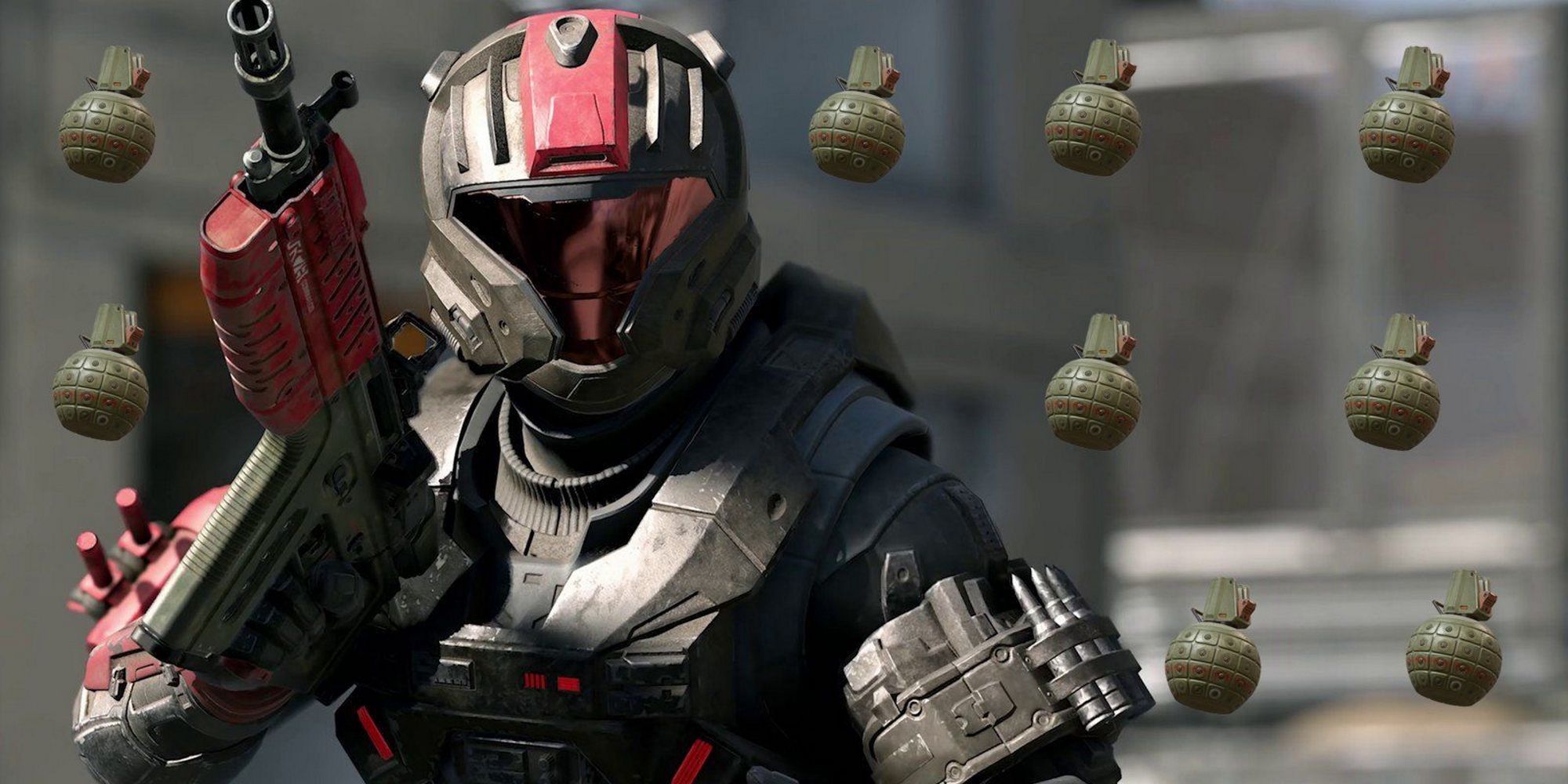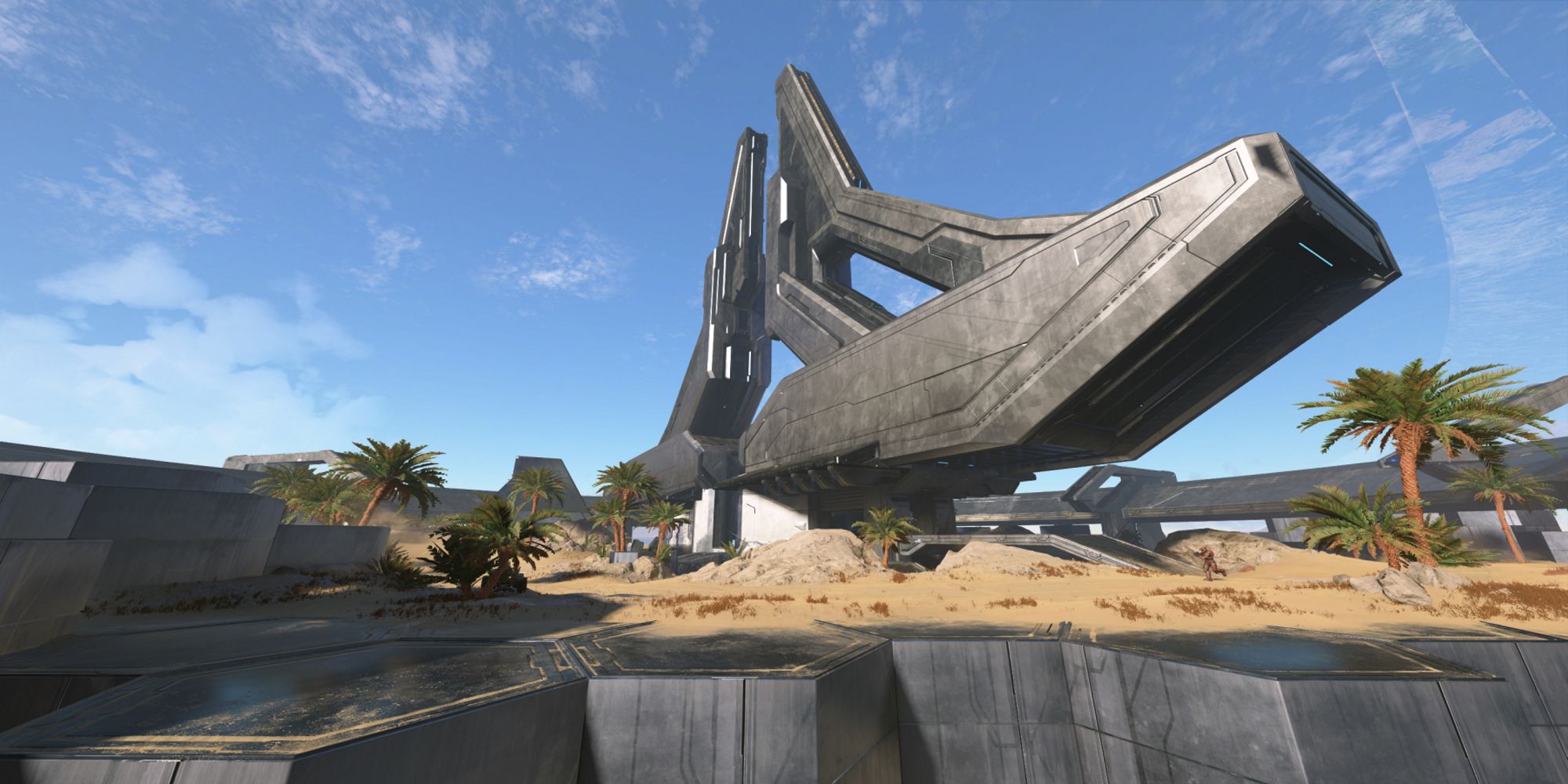Slayer has always been one of the premier competitive multiplayer game modes in the Halo series. The game mode is simple; whoever has the most kills wins the match. There are no objectives or anything other than getting a higher kill count their the enemy. With Halo: Infinite, this hasn't changed one bit, to the surprise of no one. Veteran players know the drill when it comes to Slayer, whether it's Free for All, Big Team Battle, or Arena, there isn't much more they need to learn.
For newer players who are just picking up Halo for the first time, however, learning the ins and outs of Slayer can be a challenge. Halo plays very differently in comparison to games like Battlefield or Call of Duty, so for fans of these games, a quick lesson is in order if they are to succeed.
Shields & Health
Unlike other shooters, Halo features a potent shielding mechanic that functionally doubles as the player's health. While the player can survive without shields, they are extremely vulnerable to all types of damage, especially headshots which are usually a one-hit kill on unshielded targets. It's worth noting that there is no bonus headshot damage to shielded targets.
Some weapons, such as the Disruptor, Plasma Pistol, and Dynamo Grenades are specifically designed to be more useful against shields rather than flesh with damage values reflecting this. This makes them good niche weapons that any player could incorporate into their playstyle.
Movement Strategy
Halo is known for having noticeably longer kill times than most other shooters. While some games have guns that kill in less than half of a second, Halo has always had weapons that take a full second or more to get the job done. This longer time to kill gives players the opportunity to move around and disrupt the enemy's shot placement.
This leads to dance-like gun battles where both players are strafing around each other for good while, both trying to land shots on the other while dodging incoming gunfire themselves. This means quick side-to-side movements, crouching, jumping, etc., all of which can be mixed, matched, and combined in different ways for the best effect possible.
Power Weapons
Players will notice that every map has weapons scattered around it at specific points. Some of these options are duplicates of the spawn weapons or ones similar to them, such as the Battle Rifle and Commando. Other Weapons, however, like the Sniper, Rockets, or Skewer, are referred to as "power weapons." These are highly specialized but undeniably powerful weapons that spawn in contested areas of the map. Players compete to obtain them in order to gain an advantage on the battlefield.
This means knowing the locations that power weapons spawn at, paying attention to their respawn timers, and being prepared to fight other players in order to control them. Ignoring all of this ensures that the enemy will utilize these weapons.
Vehicular Combat
While only a few Arena maps feature vehicles, Big Team Battle features them quite prominently. The larger and more spacious design of the maps allows for not only a greater emphasis on the vehicles themselves but also on the skill it takes to use them effectively. Driving vehicles into walls, flipping them over, driving them straight into danger, or simply ignoring them is a sure-fire way to lose a BTB match.
Not every vehicle is the same either. For example, Warthogs are exclusively team-oriented powerhouses while the Ghost is a nimble but relatively weak single-man craft. Banshees and Wasps are aerial vehicles that do high damage but are constantly exposed. Learning the ins and outs of each vehicle is imperative when it comes to succeeding in BTB.
Weapons and Their Roles
Halo: Infinite has a variety of different weapon roles for the player to learn and master. The fully automatic MA40 Assault Rifle features a high amount of bullet spread and recoil but also does reasonably high damage and has a fast rate of fire. This makes it an excellent close-range weapon.
Other weapons such as the Battle Rifle, Sidekick, and Commando are primarily based on slower, more accurate fire at longer ranges. These are often called "precision weapons" or "utility weapons" and are mid to long-range options.
There are also energy-based weapons such as the Pulse Carbine and Plasma Pistol, both of which feature slower-moving projectile plasma bolts that track enemies within a certain range (though only the latter can EMP shields in one hit).
Some weapons can even deal shock damage, such as the Shock Rifle and Disruptor, which can chain between enemies and even items on the map. These are just some of the different weapon types players will come across in multiplayer.
Equipment
Much like power weapons, equipment are on-map items that players fight for control over in order to gain an advantage over the enemy team. There are seven equipment items in Halo Infinite, including the two power-ups, Active Camo, and Overshield. These are the Grappleshot, Drop Wall, Repulsor, Thruster, and Threat Sensor.
All of these items spawn on the map and are picked up by the player. These items have only a limited amount of uses, however, so be sure to utilize them when absolutely necessary. Getting killed while holding an equipment item will cause it to drop on the ground as well, allowing the enemy the chance to steal it. When a player is in possession of an item, there will be a visible, color-coordinated indicator on their character. Learning each equipment item's indicator is paramount when it comes to facing them on the battlefield.
Grenades
Currently, there are four grenade types in Halo Infinite:
- Frag Grenades – These bounce around and do splash damage.
- Plasma Grenades – These stick to players and also do some splash damage.
- Spike Grenades – These also stick to players but do only minimal splash damage.
- Dynamo Grenades – These deal chained shock damage over time and do not bounce or stick to players.
Grenades can be picked up on the map and swapped out with each other if necessary. Incorporating grenades into one's playstyle and learning how to use them effectively is non-negotiable when it comes to getting better in multiplayer.
Map Control
Map Control is one of the most important aspects of Halo's multiplayer gameplay. This not only includes controlling power weapons and equipment but also choke points and power positions on the map. In other modes, such as Strongholds, players have to go to predetermined locations in order to win, but in Slayer, there are no such directions. This means that players need to create their own strategies. Add on top of this power weapons and equipment. It's quite a lot to manage for an inexperienced player.
One thing to keep in mind is that working as a team will almost always yield greater success than running solo. A coordinated team is far better at controlling key areas and items than a single player can ever be.
Halo Infinite releases on December 8 for PC, Xbox One, and Xbox Series X/S. The multiplayer beta is available to play now.

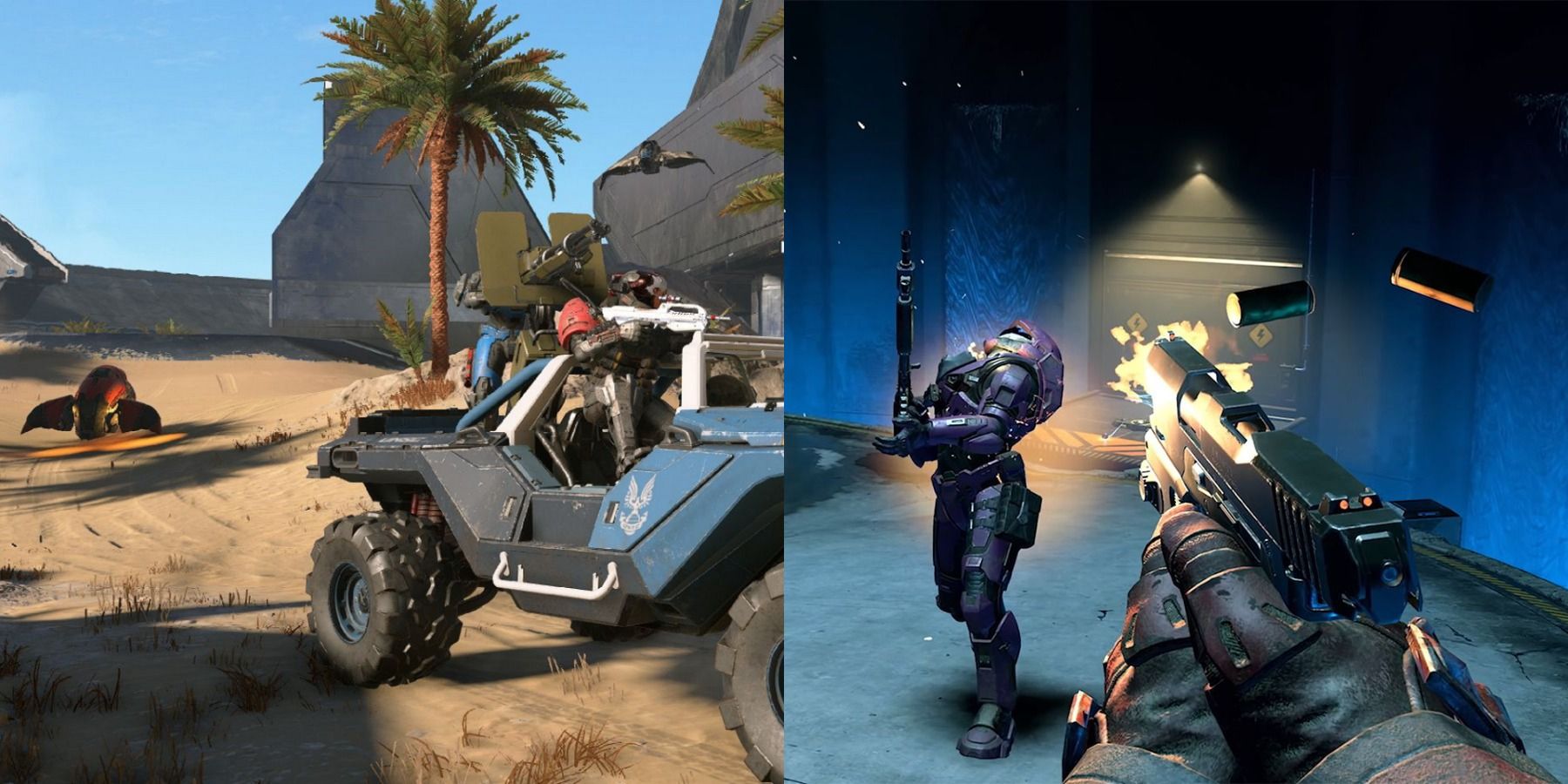
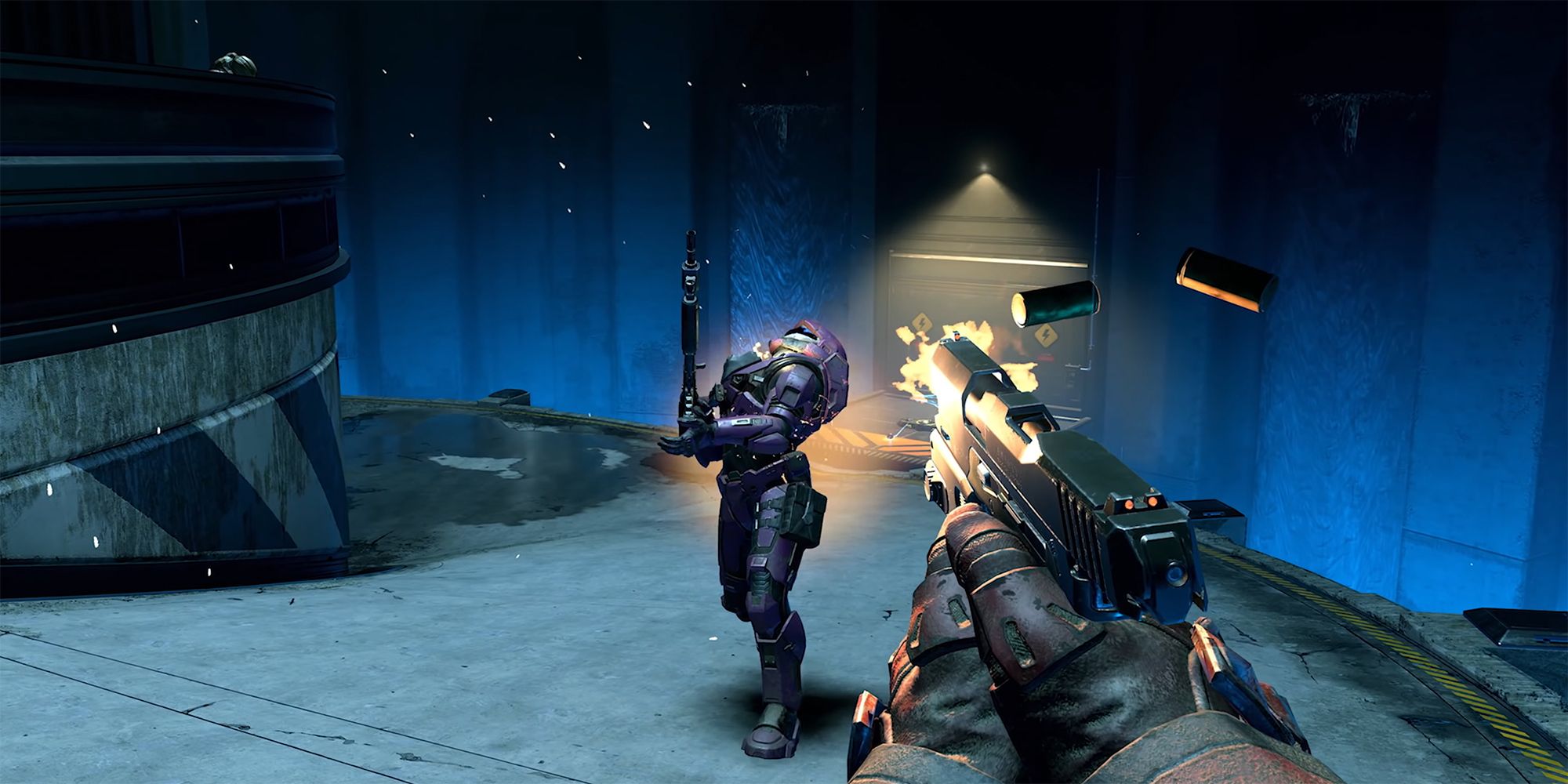
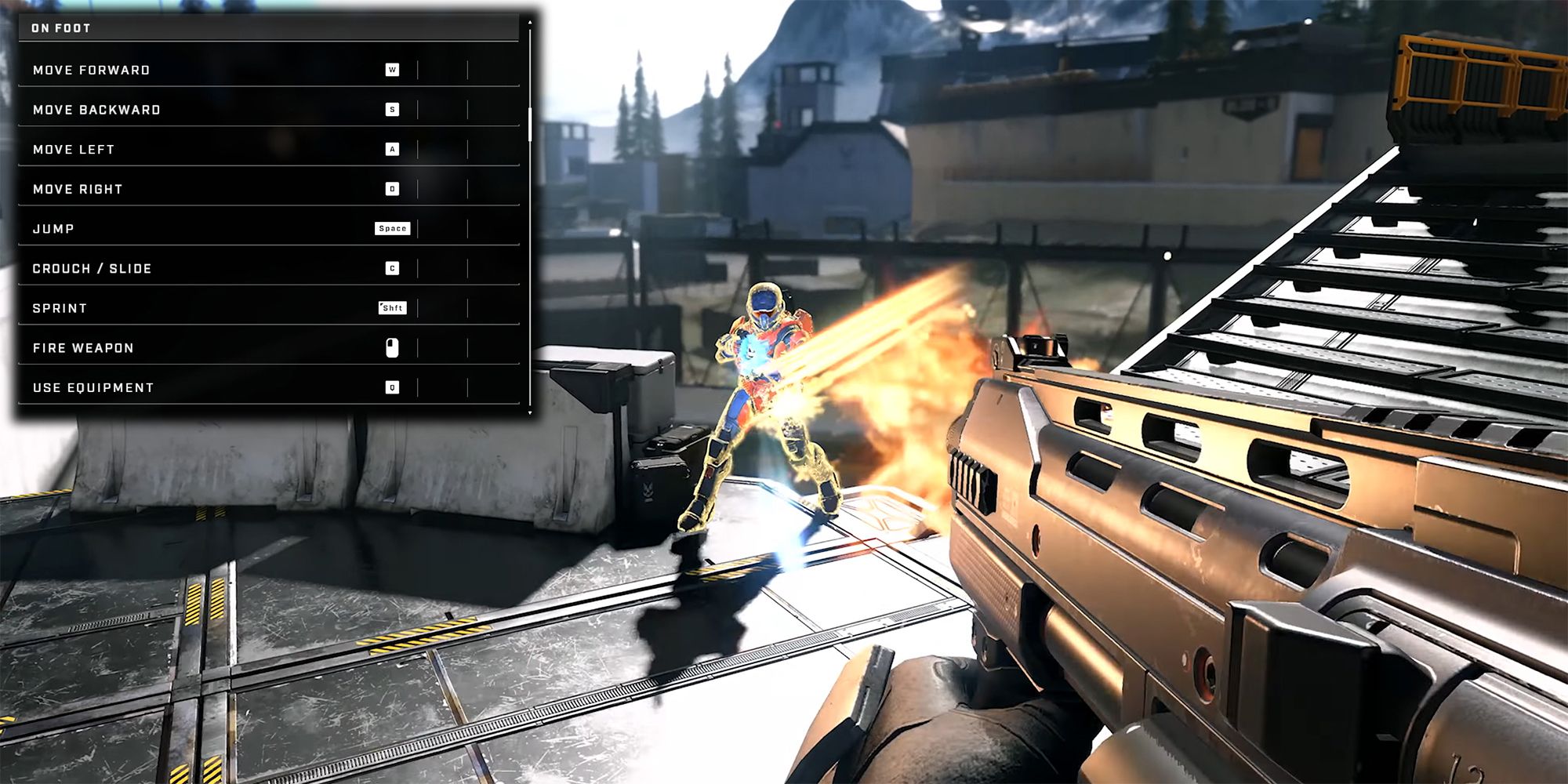
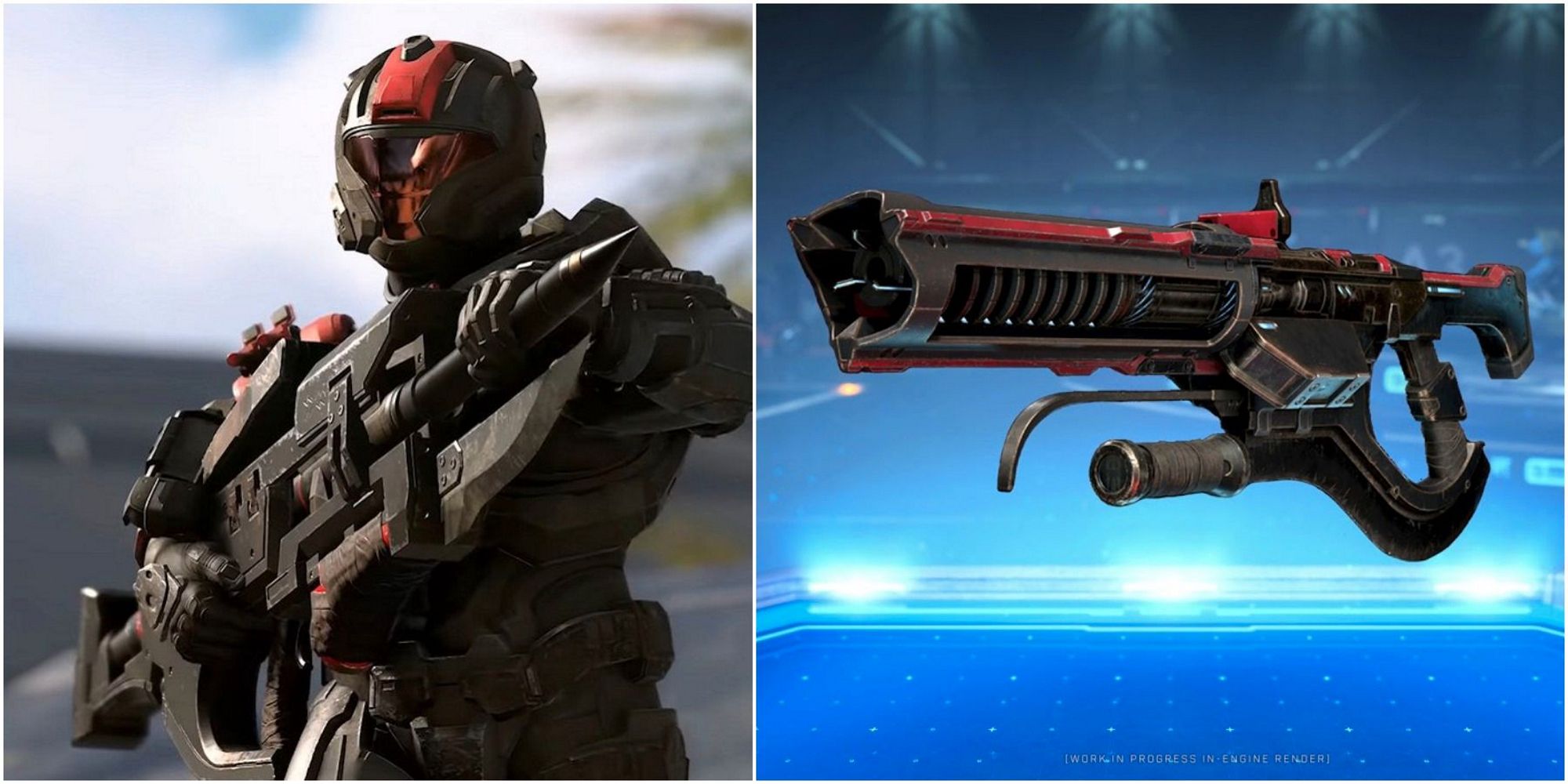
.jpg)
